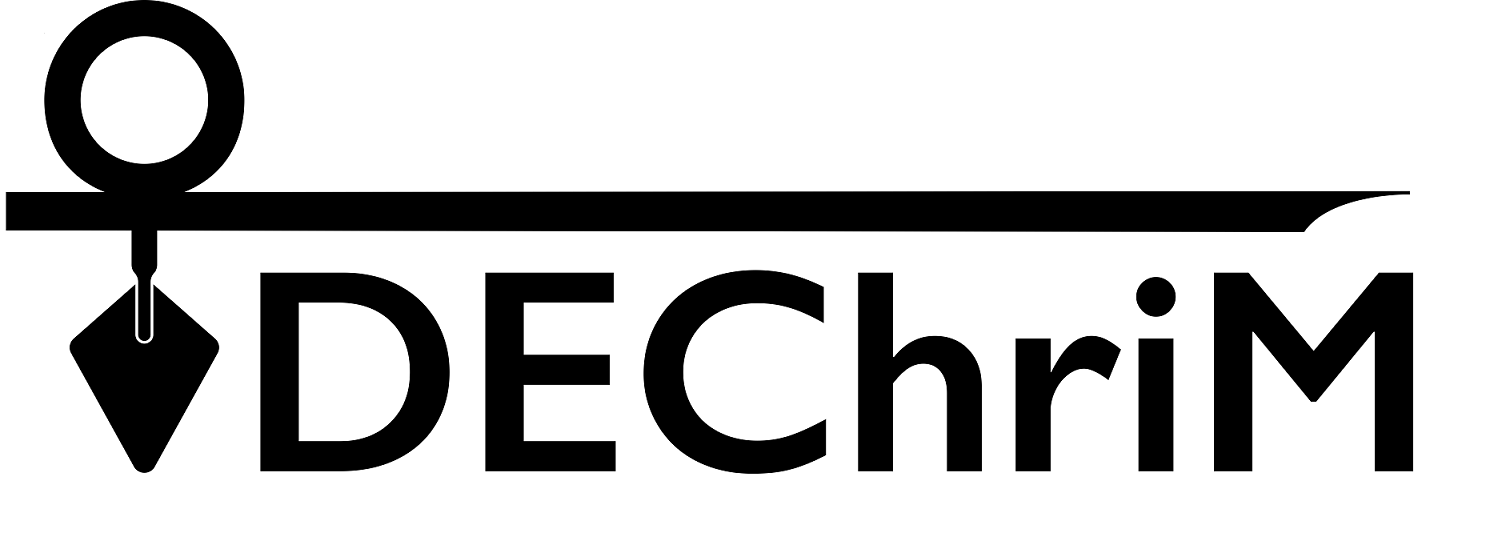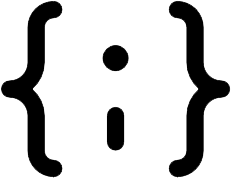| Artefact ID | 1311 |
| TM ID | TM 105436 |
| Findspot (DEChriM ID) | 1 (Dūš) | Class | Textual |
| Material | Metal |
| Writing medium | Graffito, Inscription |
| Text content | Subliterary |
| Language | Greek |
| Description | SEG XLII 1563: Reused bust of Sarapis. Gold bust of Sarapis: originally a dedication from ca. 200 AD but re-used and inscribed on the back with the name Bassos, crosses, ΧΟΓ, ΦΟΚ, Eumathes, and a series of magic (or Christian) graffiti. Reddé notes, after a suggestion by J. Bousquet, that ΧΟΓ might be rather read ΧΘΓ (Χριστὸς Θεὸς γεννᾷ ?; cf. SEG 42 1828, equivalent of the Christian cryptogram ΧΜΓ). The figure of Sarapis would have been taken over with a Christian meaning. The beginning of l. 2, with the crosses, could also be some kind of Christological formula and the central monogram could be interpreted as a chrism. |
| Selection criteria | Christian terms/formulas/concepts, Christian symbols/gestures/isopsephy |
| Date from | 250 |
| Date to | 425 |
| Dating criteria | The bust itself is dated to late 2nd or early 3rd c. but the Christian reuse is likely to have happened during 4th c. |
| Absolute/relative date | Relative date |
| Archaeological context | Part of the "Trésor de Douch" found in the room 2 of the "fort", in a globular vase whose form is known for 4th/5th c. (Reddé 1992: 1). |
| Accession number | Location unknown |


 Json data
Json data





